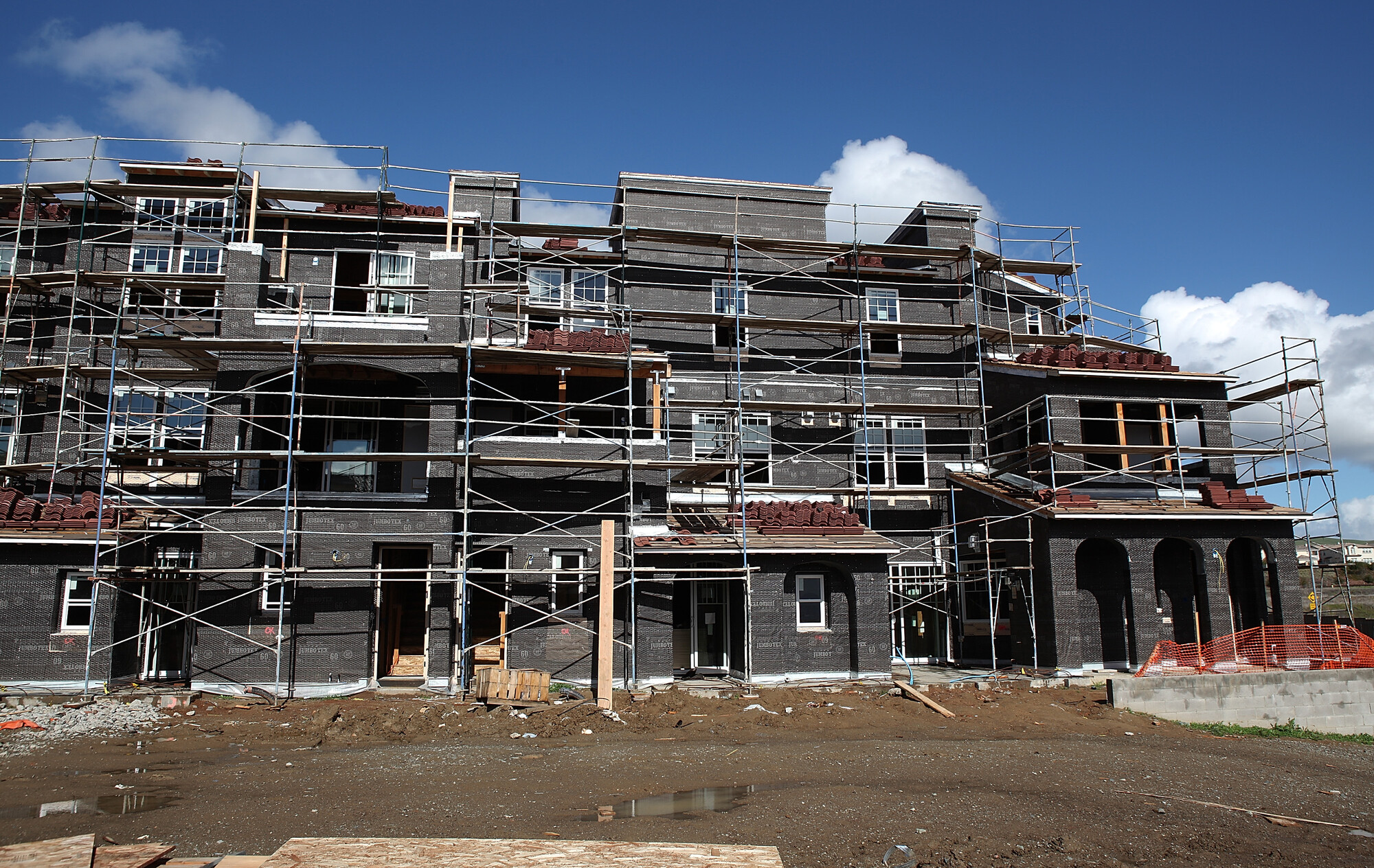If ACA 4 takes effect, it would sunset in 2036 and would require an annual progress report on the fund’s effects on homelessness and affordable housing construction goals to be set by the state.
Still, some housing committee members on Wednesday were concerned about dedicating a portion of the state’s revenues to a single item.
“I do have, unfortunately, serious concerns about putting it on a ballot and requiring 5% of the general fund to be spent on that,” committee Vice President Joe Patterson, R-Rocklin, said. “I can’t support this today.”
Local governments have passed housing bonds in previous years, but affordable housing developers and advocates have said these efforts provide only one-time funding and don’t allow them to plan for future developments.
“There hasn’t been a permanent solution to the affordable housing financing conundrum,” said Welton Jordan, chief real estate development officer for affordable housing developer EAH Housing. “There have been years where there’s been little to no money at the state.”
Jordan said housing developments can often take five years or more to complete, and in that time, costs can change dramatically, driving up risk and borrowing costs.
Without a funding source to bridge gaps in the project’s budget, a developer may decide to back out of the project because it is no longer financially viable, but Jordan said ACA 4 could provide a kind of “runway.”
“You want to know if I’m starting to look at something today that, hey, there’s somewhere for me to go to get that gap in financing,” he said.
A similar constitutional amendment has been introduced before but failed to make it out of committee. In 2022, Wicks introduced ACA 14, which would have also pulled at least 5% of the state’s general fund revenues into affordable housing funding.
Jordan said that he is feeling better about ACA 4’s chances this year. While he believes the constitutional amendment can work in tandem with bond funding to boost affordable housing development, he said ACA 4 could be a better sell to voters, who will eventually have to decide its fate if it makes it out of the Legislature.
“Do you want a bond, which needs to be repaid by taxes, or do you want to split the existing pie, no matter what size it is?” he said. “It’s paid for by whatever the state is able to generate in revenue. To me, it just feels more appealing.”



